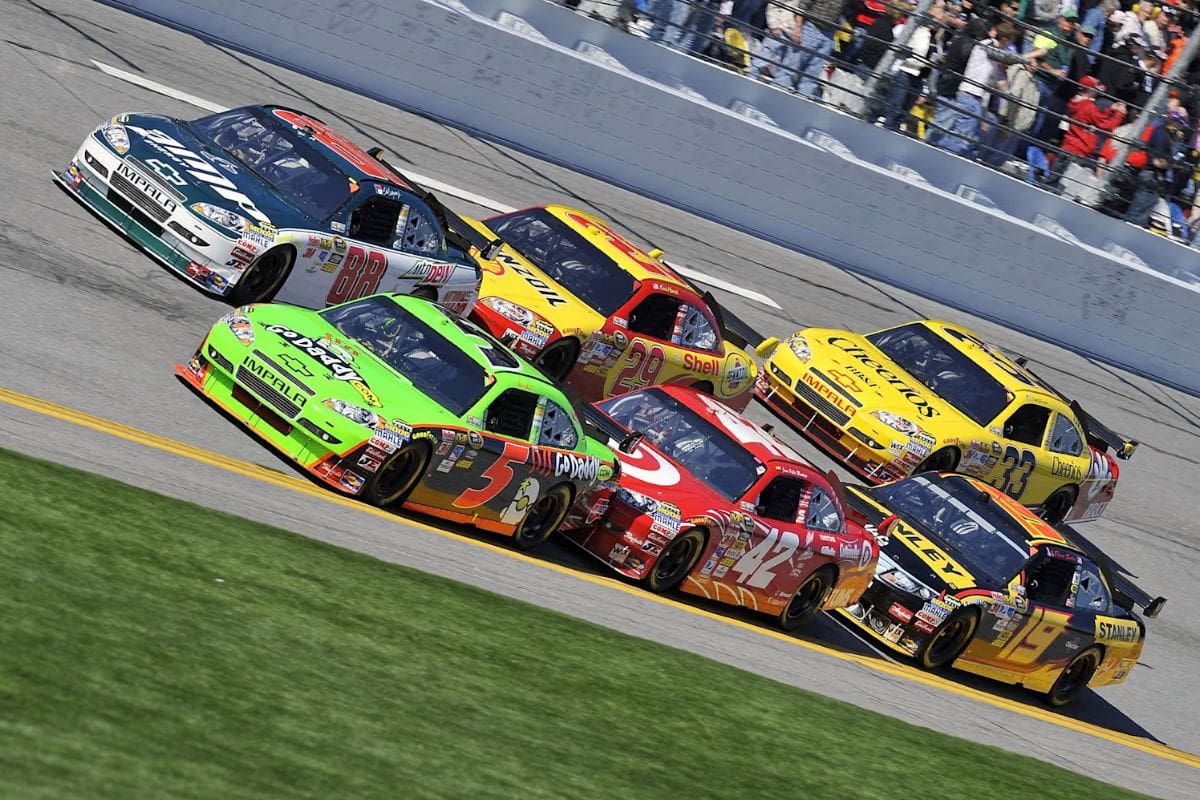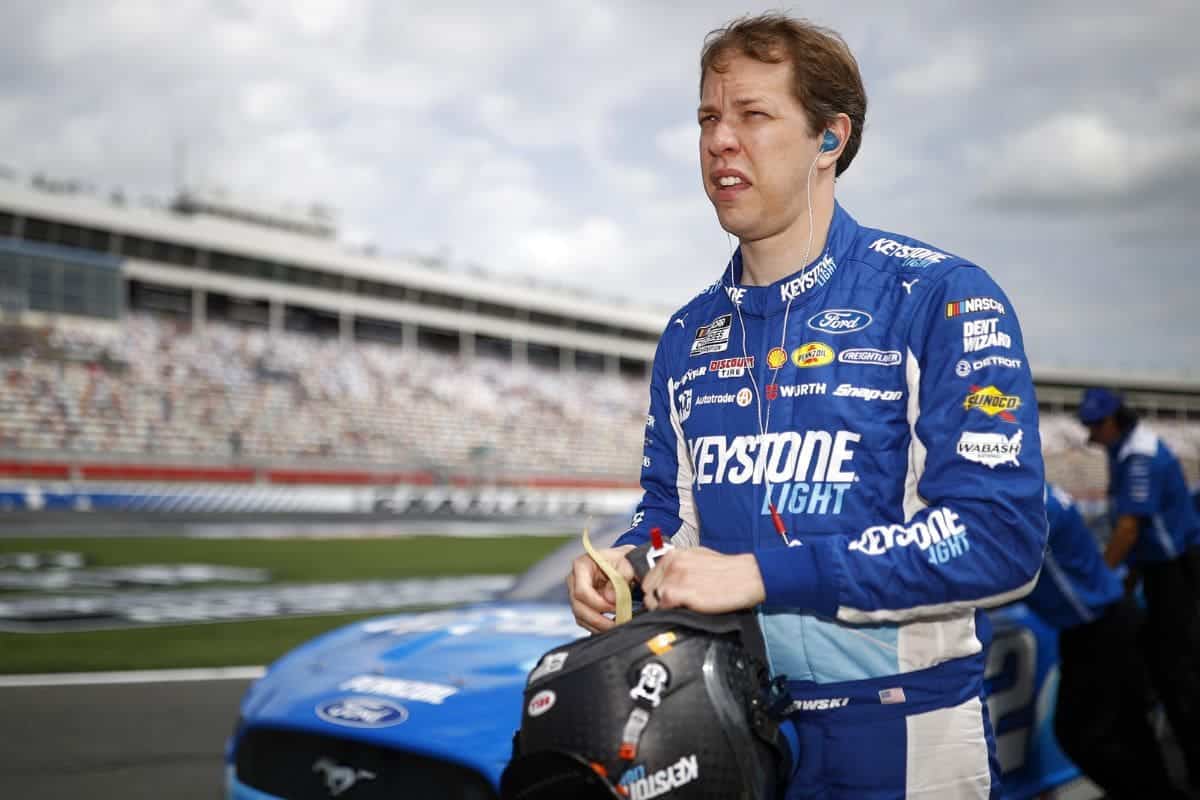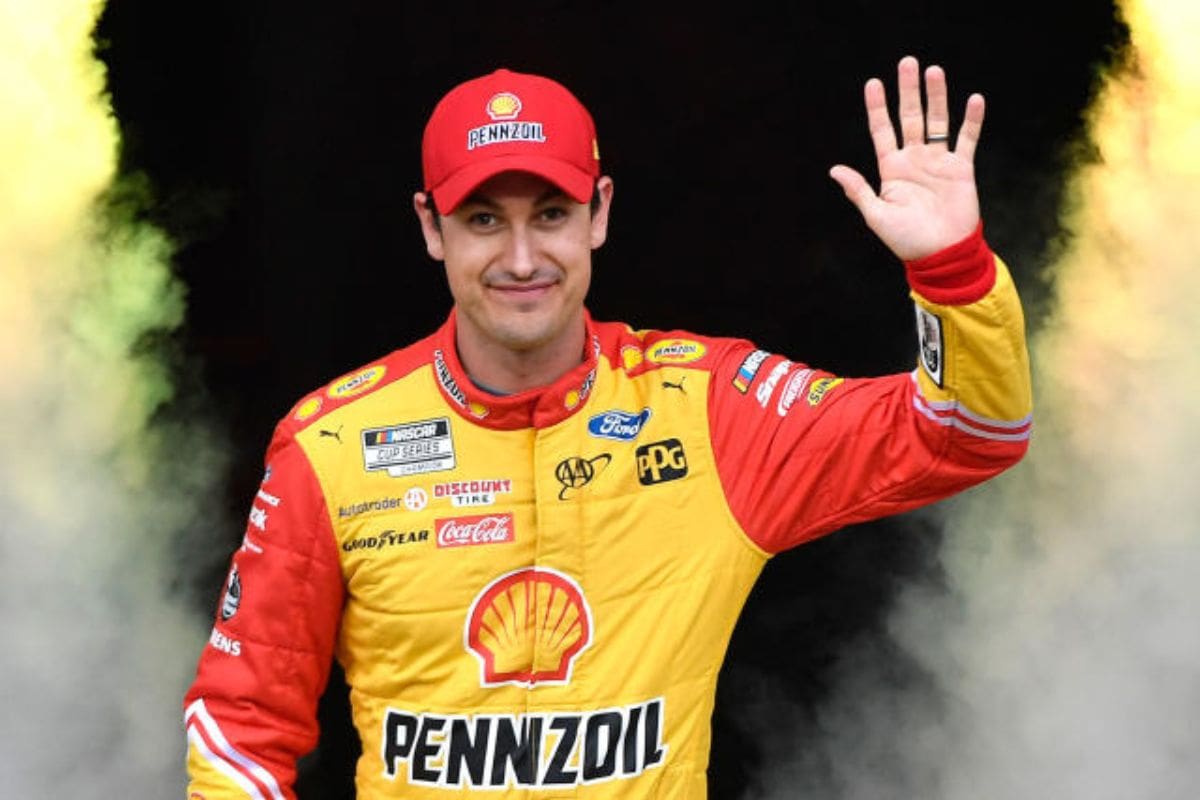William Byron’s Watkins Glen Crash: William Byron‘s recent reflections on his crash at Watkins Glen provide insight into the often-overlooked mental aspects of racing. His frank acknowledgment of the incident’s impact on his racing strategy and his mental state raises critical questions about decision-making under stress. As he grapples with the external variables that contributed to the chaos, Byron’s experience highlights the fine balance drivers must maintain between instinct and strategy.
Key Highlights
- William Byron acknowledged personal responsibility for the crash and emphasized the need for better decision-making under pressure.
- He reflected on the unpredictability of racing and the mental toll incidents have on drivers.
- Byron experienced a surreal moment being atop Brad Keselowski’s car post-collision, highlighting the chaos of the incident.
- He recognized the impact of external factors, including track conditions, on racing performance and safety.
- Byron’s insights stress the importance of learning from experiences to improve future racing strategies and safety.
NASCAR’s First Playoff Race at Watkins Glen
In a historic moment for NASCAR, the series ventured into Watkins Glen International for its inaugural playoff race, marking a notable evolution in the postseason format. This tactical decision to incorporate a second road course into the playoffs has yielded impressive results, exemplified by the gripping contest that unfolded on the track.
The race highlighted the skill of Chris Buescher and Shane van Gisbergen, both of whom are recognized as masters of road course racing. Their intense battle for the checkered flag not only captivated fans but also emphasized the increasing competitiveness and diversity of skills required in NASCAR.
Buescher’s remarkable consistency was on display, as he has finished in the top ten in eight out of his last nine road course events, emphasizing his adaptability and expertise in this challenging discipline. Conversely, van Gisbergen’s four NASCAR victories, all secured on road courses, reflect his mastery in maneuvering these complex circuits.
The dynamic rivalry between these two drivers added layers of excitement and unpredictability to the playoff landscape, illustrating the potential for thrilling competition in future races.
The inclusion of Watkins Glen in the playoffs is a demonstration of NASCAR’s commitment to innovation and evolution. By embracing diverse racing formats, NASCAR improves the general experience for teams and fans together, ensuring that the postseason remains a compelling narrative of strategy, skill, and resilience.
William Byron Opens Up About the Horrific Crash
As the excitement of NASCAR’s inaugural playoff race at Watkins Glen unfolded, the atmosphere shifted dramatically when William Byron was involved in a harrowing crash that left fans and competitors likewise on edge. The incident was triggered by a collision between Brad Keselowski and Joey Logano, which Byron attempted to navigate by passing on the outside. Unfortunately, the RFK driver spun into Byron, resulting in a series of events that saw Byron’s car collide with the catch fence and come to rest atop Keselowski’s Ford.
Byron later reflected on the terrifying moment, expressing a mix of disbelief and concern. “I feel like how I got into the catch fence I would have been nervous to see what would have happened there,” he shared. His sentiments highlight the unpredictability of racing and the inherent risks involved.
But I didn’t think any of that. I didn’t think I was gonna crash going to the outside of Joey. I think once I got there I was in the mix of the wreck. I was thinking man this is place that no one’s really tested so it could have been sketchy given how far down it is on the other side where the tunnel is.” – Byron
OH MY GOODNESS!
WILLIAM BYRON AND BRAD KESELOWSKI CRASH! #NASCARPlayoffs pic.twitter.com/Uf3mAHGyCn
— NASCAR on NBC (@NASCARonNBC) September 15, 2024
Despite the notable damage to Byron’s car, both drivers emerged unscathed. Byron’s insight into the crash highlights the mental fortitude required in NASCAR, where split-second decisions can lead to life-altering consequences.
Byron Surprised by Being on Top of Keselowski’s Car
The chaos of the crash left William Byron in a state of bewilderment, particularly when he uncovered that he had come to rest atop Brad Keselowski’s car. The incident at Watkins Glen unfolded with a violent ferocity, and Byron’s initial perception was clouded by the sheer adrenaline and confusion of the moment. His right front tire pressed against Keselowski’s driver’s window, a precarious situation that he did not immediately comprehend.
“I didn’t really know what was going on there. I thought I was stuck in the fence, that was my initial thought,” Byron recounted, emphasizing the shock that enveloped him as he processed the unfolding events. The realization that he was not merely ensnared in the barriers but rather precariously perched on another competitor’s vehicle was both shocking and surreal.
William Byron on how close he felt he was to going over the railing in his wreck at Watkins Glen and how he got his car off of Brad Keselowski: pic.twitter.com/5H4nEiQi2X
— Bob Pockrass (@bobpockrass) September 20, 2024
This unexpected alignment of circumstances prompted Byron to instinctively shift gears and attempt to disengage from Keselowski’s car. “Once I realized Brad was under me, I started to back off of him. I just put it in reverse and rolled off of him,” he explained. This reaction highlights the split-second decision-making that drivers must employ during high-stress scenarios.
Keselowski in the Elimination Zone
Following the chaotic events of the Watkins Glen crash, Brad Keselowski now finds himself grappling with the implications of being in the elimination zone for the playoffs. Positioned in 14th place, he is currently 12 points below the vital cutoff line, a precarious position that demands an urgent reassessment of his racing strategy as the playoff season intensifies.
Keselowski’s recent race experience highlights the unpredictability of motorsport, as he attributes his crash to debris on the track, which he believes influenced his contact with Logano. His post-race comments reveal a key insight into the complexities faced by drivers: “The track was really, really dirty… I assume he had marbles on the tires; he just didn’t make the turn, but I got hooked in the left rear. It’s really a shame.”
This statement not only emphasizes the external factors that can derail a driver’s performance but also reflects the psychological burden of racing in racing environments.
As the playoffs loom, Keselowski must navigate this heightened tension, leveraging both skill and strategy to reclaim his competitive edge. The elimination zone is unforgiving; one misstep could spell disaster for his championship aspirations.
Logano Takes Responsibility for the Wreck
Accepting accountability in the aftermath of a wreck can be a challenging endeavor for any driver, yet Joey Logano’s response to the incident at Watkins Glen emphasizes both his awareness of the situation and his frustration with track conditions.
While Logano ultimately finished 15th, he acknowledged that his actions were crucial in the crash involving William Byron and Brad Keselowski.
In his post-race interview, Logano articulated his perspective with a blend of contrition and exasperation.
“I just wanted to talk to him. I mean really, I’m not making any excuses, but I needed to check up more but the track’s a complete disaster. They need to clean it up and I got pushed maybe four-wide at one point, so tried to give room there and got up in the marbles.” – Logano
- Track Conditions: Logano highlighted the necessity for improved track maintenance, citing the accumulation of debris that rendered the surface perilous.
- Situational Awareness: He recognized that he should have adjusted his driving considering the compromised track conditions, admitting, “I needed to check up more.”
- Communication with Officials: Logano expressed his frustration that his repeated calls for track cleanup before restarts went unheeded, intensifying the hazardous environment for all drivers.
Despite his admission of fault, Logano’s remarks reveal a deeper concern for safety and fair competition.
“When I went to turn back to the left, it’s got (expletive) all over the tires and I got into him. It’s still on me, right, but at the same time, clean the damn track. I brought it up at least two to three times about cleaning the track before the restarts, but it just didn’t happen.”- Logano
His frank acknowledgment of the circumstances surrounding the crash serves as a reminder of the delicate balance drivers must navigate between personal responsibility and external conditions.
News in Brief: William Byron’s Watkins Glen Crash
The incident at Watkins Glen serves as a poignant reminder of the precarious nature of NASCAR racing, where split-second decisions can lead to catastrophic outcomes. William Byron’s reflections on the crash emphasize the complexities of maneuvering high-pressure environments and the necessity for heightened awareness of external factors. This experience not only reshapes racing strategies but also highlights the mental challenges faced by drivers, illustrating the profound impact of such events on both personal and professional levels within the sport.
ALSO READ: William Byron and Brad Keselowski’s Terrifying Crash: Byron’s Car Ends Up on Top of Keselowski’s



